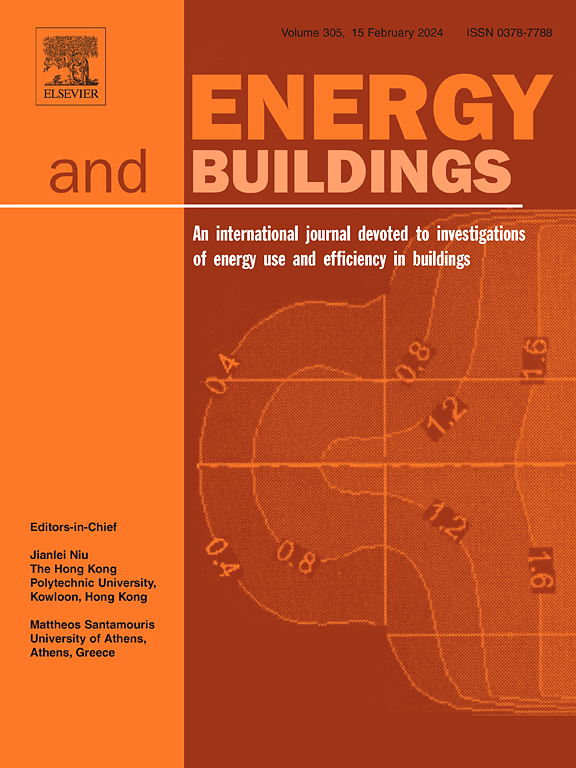Enhancing urban building energy models with Vision Transformers: A Case study in material classification from Google street view
IF 6.6
2区 工程技术
Q1 CONSTRUCTION & BUILDING TECHNOLOGY
引用次数: 0
Abstract
The growing urbanization and increased urban energy consumption highlight the need for energy use and greenhouse gas emissions reduction strategies. Urban Building Energy Modeling (UBEM) emerged as a valuable tool for managing and optimizing energy consumption at the neighborhood and city scales to support carbon reduction goals. However, the accuracy of the UBEM is often limited by the lack of large-scale building façade material dataset. This study introduces a new approach to enhance UBEM by integrating an automatic deep learning material classification pipeline. The pipeline leverages multiple views of Google Street View Images (SVIs) to extract building façade material information, utilizing two Swin Vision Transformer (ViT) models to capture both global and local features from the SVIs. The pipeline achieved a main material classification accuracy reached 97.08%, and the sub-category accuracy reached 91.56% in a multi-class classification task. As the first study to apply a deep learning model for material classification to enhance the UBEM framework, this work was tested on the University of Washington campus, which features diverse facade materials. The model demonstrated its effectiveness by achieving an overall accuracy increase of 11.4% in year-round total operational energy simulations. The scalability of this material classification pipeline enables a more accurate and cost-effective application of UBEM at broader urban scales.
求助全文
约1分钟内获得全文
求助全文
来源期刊

Energy and Buildings
工程技术-工程:土木
CiteScore
12.70
自引率
11.90%
发文量
863
审稿时长
38 days
期刊介绍:
An international journal devoted to investigations of energy use and efficiency in buildings
Energy and Buildings is an international journal publishing articles with explicit links to energy use in buildings. The aim is to present new research results, and new proven practice aimed at reducing the energy needs of a building and improving indoor environment quality.
 求助内容:
求助内容: 应助结果提醒方式:
应助结果提醒方式:


